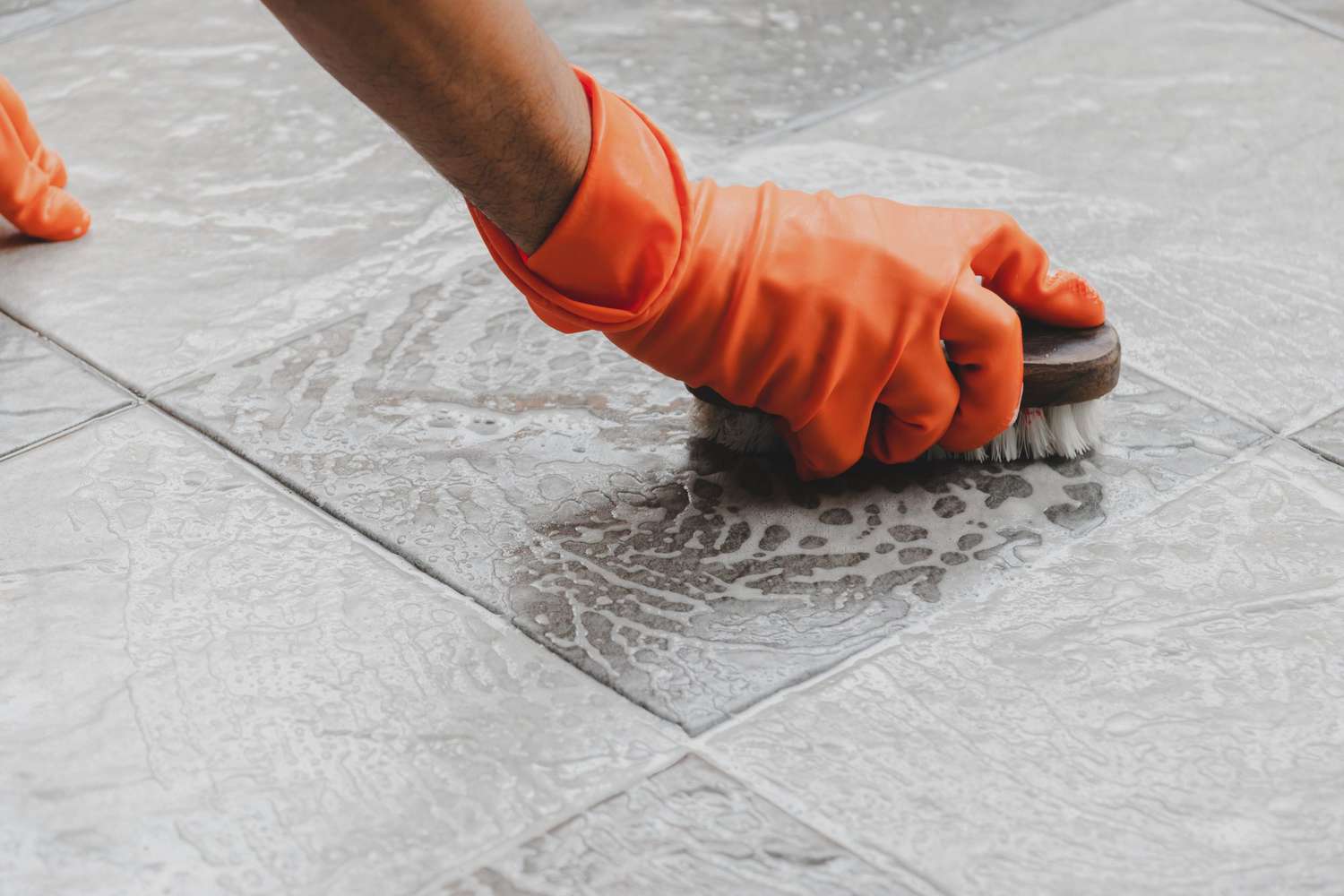The first step in stone care and maintenance is to understand your stone's geological composition. This information will help you to make out what stone care products to use and how best to care for your natural stone. Natural stone is categorized into three major geological classifications by their respective formation processes namely- Sedimentary, Metamorphic and igneous. Additionally, stones in each category can be either Calcareous or Siliceous by their composition.
Talking further, calcareous stone is composed of calcium carbonate, a compound commonly found in shells and pearls. Calcium Carbonate is susceptible to acidic solutions so, mild non-acidic cleaners work best as the stone care products in this case. On the contrary, siliceous stone is primarily composed of silicates, such as quartz, feldspar, mica, etc. A siliceous stone is usually acid-resistant. However, acidic cleaners are still not suggested as these stones may contain traces of minerals that are acid responsive.
Steps for any kind of Natural Stone Surface cleaning:
- Remove any dirt or sand particles.
- Fill a recipient of warm water and mix it with a small amount of neutral liquid detergent or any readily available stone care product. Change the water solution when it catches the dirt.
- Use a microfiber towel, a duster or a mop and dip it into the water mixture and start cleaning.
- Start washing the stone using the corner way of the room and moving towards the exit.
- Allow air passage in the room for a rapid drying.
Tag on these simple tips to preserve the beauty of your natural stone:
- Use coasters under all glasses, chiefly those having contents of citrus juices.
- The use of trivets or mats is recommended as most of the stones can withstand heat.
- Dust mop interior floors frequently using a clean dry dust mop as sand and dirt are abrasive and can spoil natural stone.
- Usage of mats inside and outside the entry doors will help to reduce the dirt and grit that may groove the stone floor.
- If using a vacuum cleaner, ascertain the metal or plastic attachments are not worn as they can groove the stone surfaces.
- If any liquid spills, blot it with a paper towel immediately. Don't wipe the area as it will spread across. Flush the area with water using a mild soap and rinse multiple times. Allow the area to dry. Then repeat the process until necessary.
- Clean the stone surfaces with a neutral cleaner – a stone soap, a mild dishwashing liquid or detergent and warm water. Then use a clean rag mop on floors and a soft cloth for other surfaces for the best results.
- Sealing is a common step taken on some stones as an additional safety measure against staining. It does not make the stone stain proof; rather it makes the stone more stain resistant. If a sealer is used on a food preparation surface, ensure that it is non-toxic and safe for use.




No comments:
Post a Comment